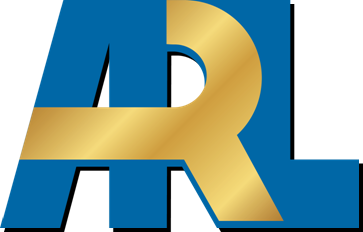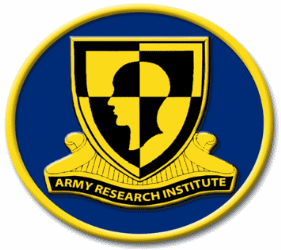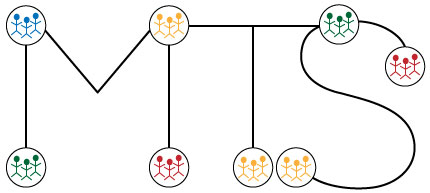MTS Videos are private due to experimental restrictions. Contact Agata Bogucka for access.
Every day, people work together in teams to accomplish their goals. And although team situations are commonplace, much remains to be learned about what makes teams most effective.
Teams must also frequently work with other teams: Whether it’s groups of professionals in a business setting, first responders coordinating disaster relief efforts, or military squads engaged in combat or humanitarian aid operations. These “teams-of-teams” or “multi-team systems” present additional challenges for optimizing performance. In multi-team systems — called “MTS,” for short — breakdowns often occur when teams fail to network, share information, and connect within and between teams.
Researchers at the SONIC Research Group at Northwestern University, the University of Illinois at Urbana-Champaign, and the DELTA Lab at Georgia Tech are using the MTS experimental platform to investigate factors that lead to high performance multi-team systems. Our ongoing experiments aim to optimize coordination and collaboration both within and between teams:
- In 2012, we completed 71 experimental sessions with four participants (see 4-person MTS)
- In 2013, we conducted experimental sessions with 20 participants each (see 20-person MTS)
We created a task that precisely mimics the core complexities of working in a multi-team system. Twenty individuals are organized into four teams. The members of each team share a common identity and goal focus. The four teams are then brought together to perform a complex humanitarian aid simulation task requiring intensive coordination within and between teams.
Research and practical experience with MTSs show that breakdowns occur both within teams and at the borders between teams. To better understand this phenomenon, we are testing the effect of two factors — physical location and richness of the communication channel — on the performance of the individual teams as well as the overall multi-team system.
Teams and MTSs are often not physically co-located. Distance between individuals poses challenges for collaboration and coordination. We address this problem in our experiments by varying the physical co-location of members within and between teams. This enables us to investigate the extent to which distance impacts the performance of the individual teams and the multi-team system.
Furthermore, individuals in teams and MTSs often rely on complex composite networks channels within and between teams. Hence, in addition to distance, we manipulate the communication richness of an individual’s “local environment.” This enables us to investigate the extent to which face-to-face versus computer-mediated communication impacts both local interactions within teams and global interactions between teams. The results of our experiments investigating the effect of physical colocation and communication richness will help us optimize collaboration both within and between teams.
SONIC lab collects and analyzes these rich data streams using advanced network analytics and data mining techniques. Ultimately, we hope to optimize the performance of teams and systems of teams that may be geographically distributed and are using complex composite networks.
The MTS experiment platform can be easily modified to accommodate other manipulations, allowing researchers to explore the impact of other factors on team and MTS performance. For instance, this platform can be used to assess how mission performance is impacted by socio-technical factors such as team size, trust, more complex organizational hierarchies, information latency, and information distortion.
MTS experiment sessions will continue running at Northwestern University through December 2013. Below you’ll find more information about the experiment.
20 person MTS
4 person MTS
Funding
The MTS Experiment is being funded by the following grants:
 |
 |
 |
| NSF BCS-0940851 | W911NF-09-02-0053 | W5J9CQ-12-C-0017 |
| More Info | More Info | More Info |

